In industrial manufacturing, process engineering plays a critical role in ensuring that production flows smoothly, products meet quality standards, and safety protocols are followed. The main areas of focus include verifying the process flow, selecting appropriate equipment, ensuring a properly functioning piping system, and confirming that valves and instruments are installed and operating correctly. Each of these elements requires thorough examination to avoid inefficiencies, accidents, or production delays. This article delves into each of these components in detail, offering a guide to conducting comprehensive process engineering evaluations.
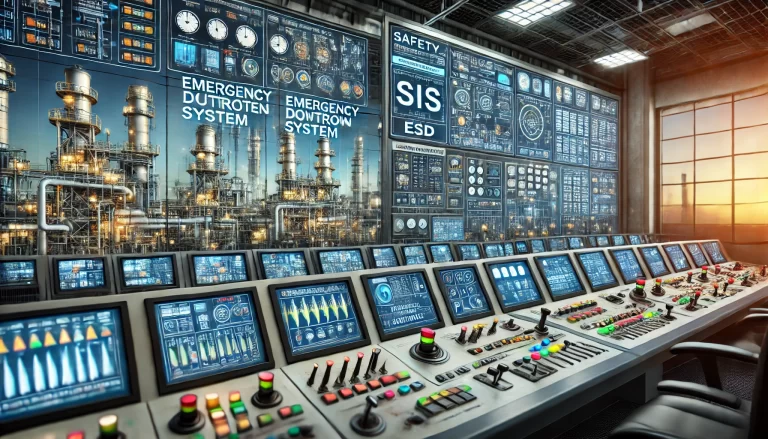
Process Flow
The process flow is the blueprint of the entire production process, outlining the sequence of operations required to transform raw materials into final products. Ensuring that this flow matches the design documentation is paramount. One key aspect of this verification involves checking each operational step and cross-referencing it with the process design. Missing steps or bypassing essential procedures can lead to inconsistent product quality, equipment failure, or even safety hazards.
In addition to verifying the sequence, the direction of material flow needs to be thoroughly checked. Incorrect material flow, reverse flow, or the presence of dead zones can create significant problems. A dead zone is an area where the material stagnates, leading to contamination, reduced efficiency, or even blockages. Ensuring that the material flows smoothly without encountering such issues is critical for maintaining the efficiency of the process.
Another crucial aspect is the review of process parameters such as temperature, pressure, and flow rate. These parameters must be set correctly to optimize the production process. For example, a slight deviation in temperature could drastically alter the properties of the final product or damage equipment. Similarly, incorrect pressure settings can result in unsafe operating conditions or suboptimal production rates. Therefore, each process parameter must be carefully evaluated to ensure it aligns with the optimal values laid out in the process design.
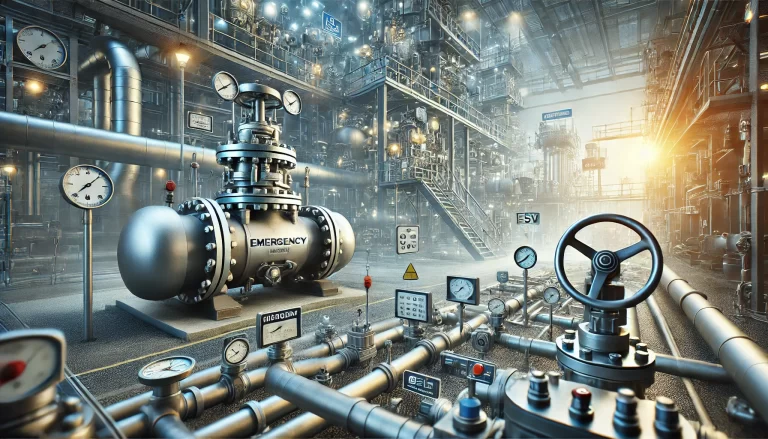
Equipment Selection
The selection of equipment is another essential component of process engineering. Ensuring that each piece of equipment—whether it’s a reactor, heat exchanger, or storage tank—meets the design specifications is critical. The equipment’s size, model, and specifications must match the demands of the production process. Any discrepancies between the equipment and the process requirements can lead to reduced performance or even catastrophic failures.
Beyond size and model, the material of construction is a significant concern, particularly in processes that involve corrosive or high-temperature materials. For example, certain chemicals may corrode steel equipment, requiring the use of stainless steel, special alloys, or other corrosion-resistant materials. Failure to select appropriate materials can lead to equipment degradation, leaks, or contamination of the product.
Backup or spare equipment is another aspect that needs careful planning. In case of failure or maintenance, spare equipment should be readily available to avoid production downtime. The redundancy built into the system should be sufficient to allow for smooth transitions during equipment failures, minimizing disruptions and ensuring continuity in the process.
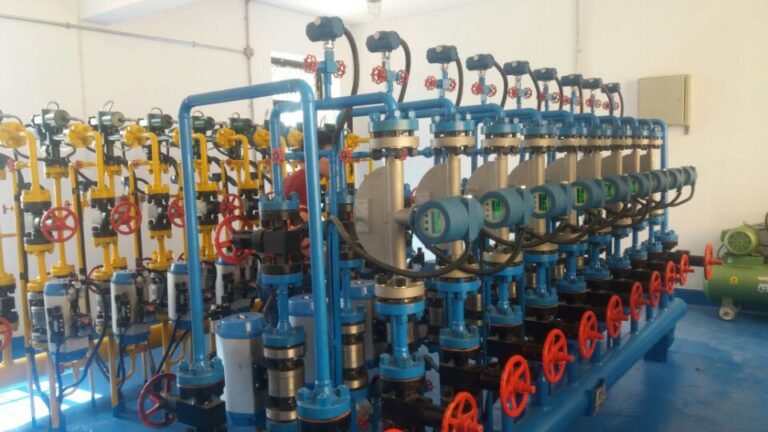
Piping System
The piping system is the network that transports fluids and gases through the production facility, making it one of the most critical components of any industrial process. Verifying that the pipes’ diameters, wall thickness, and materials meet the design requirements is essential for handling the expected pressure, flow rates, and chemical properties of the fluids. For example, undersized pipes can cause bottlenecks, while oversized pipes can lead to increased costs and difficulties in maintaining flow control.
Piping connections—whether welded, flanged, or otherwise—must be inspected for correctness. Faulty connections can result in leaks, pressure loss, or even hazardous conditions. Proper installation is crucial, particularly in high-pressure systems where any failure could pose a serious risk to both personnel and equipment.
Clear and accurate labeling of pipes is also important for operational and safety reasons. Every pipe should be labeled with the name of the material it carries and the flow direction, which helps operators avoid mistakes during maintenance or repairs. In emergency situations, clear labeling ensures that the correct systems are isolated or controlled without delay.
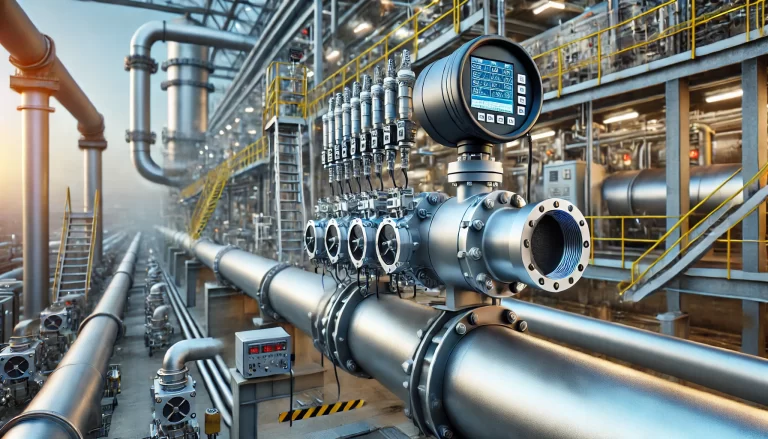
Valves and Instruments
Valves and instruments are critical for regulating the process and ensuring that conditions stay within safe operating ranges. Valves control the flow of materials, and their type, size, and specification must be appropriate for their function. For instance, control valves regulate fluid flow to maintain process parameters like pressure or temperature, while safety valves prevent over-pressurization. It is crucial that each valve operates smoothly and that there are no signs of sticking or malfunction.
Instruments, such as pressure gauges, flow meters, and thermocouples, are used to monitor the process and provide feedback on key parameters. Ensuring that these instruments are installed in the correct locations, and that they are properly calibrated to the correct range and precision, is vital for accurate readings. If an instrument is miscalibrated or improperly installed, it can provide false data, leading to incorrect decisions and potentially hazardous situations.
Finally, safety devices such as pressure relief valves and rupture disks must be inspected and tested regularly. These devices are designed to protect the system from overpressure and other dangerous conditions, and their reliability is critical. Any malfunction could result in system failure, equipment damage, or personal injury.
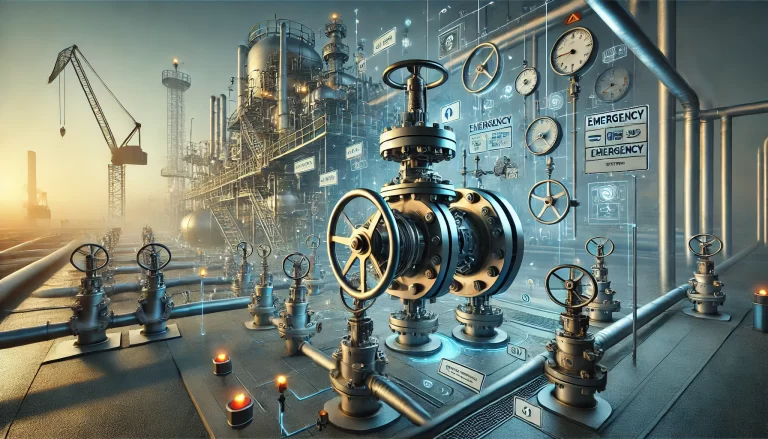
Conclusion
In conclusion, a thorough examination of the process flow, equipment selection, piping systems, and valves and instruments is essential to maintaining the safety, efficiency, and reliability of an industrial production process. Each component must be carefully reviewed and verified against design documents to ensure that the system functions as intended. Properly managed, these processes will reduce the risk of accidents, optimize production efficiency, and ensure that the facility operates smoothly over the long term. Through systematic evaluation and regular maintenance, process engineers can help prevent costly errors, ensure product quality, and maintain a safe working environment.
